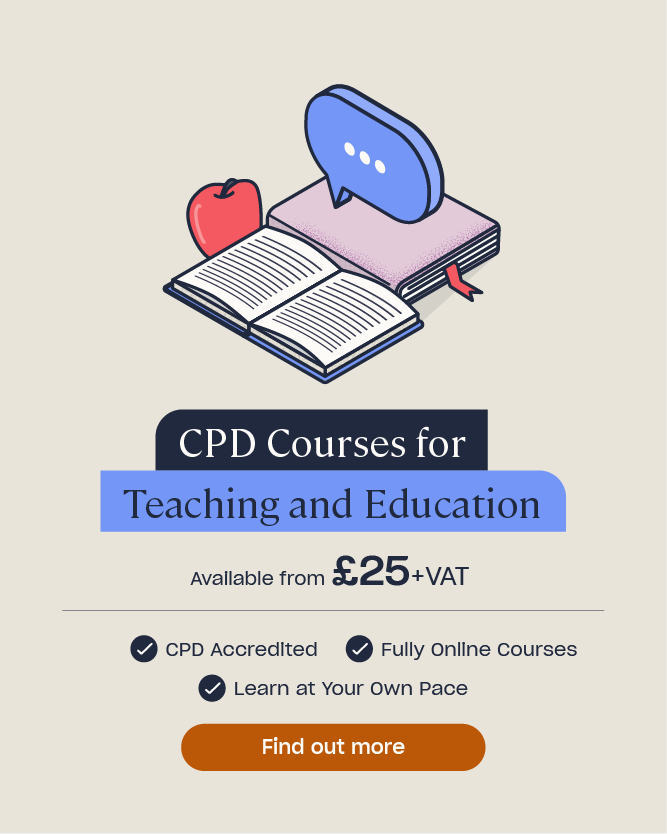How to Choose a School: The Different Types of School
Whether you’re an NQT looking for a school that best suits your teaching abilities, or a parent searching for the ideal school for your child, it’s vital you’re aware of the different types of school.
There are many things to consider when choosing a school. In this article, we’ll introduce the main types of school in the UK and overview the factors to consider when finding the right establishment for you. We’ll also summarise the advantages of both state and private schools, leaving you equipped to make an informed decision.

What are the Different Types of School?
With so many different types of primary and secondary schools, the UK education system can seem complicated, so let’s look at the most common types of school.
There are two main types of school, those paid for by the government and those which are independently funded.
What are State Schools?
State schools receive their funding directly from the government or from their local authority. All children between the ages of 5 and 16 can attend a state school free of charge. The main types of state school include:
Grammar Schools
Community Schools
Foundation and Voluntary Schools
Special Schools
Middle Schools
Faith Schools
Free Schools
Academies
Pupil Referral Units (PRUs)
What are Private Schools?
Private schools (or independent schools) are not funded by the government, and instead charge fees for attendance. In many independent schools, pupils are not required to follow the national curriculum, yet all will undergo inspections by an independent or government-approved inspectorate.
Private schools can be selective or non-selective. If selective, pupils will have to take a timed admission examination, yet students wishing to enrol in a non-selective private school do not have to meet any pre-set criteria.

How to Identify the Main Types of State and Independent Schools
In summary, state schools are funded by the government or local authority, whereas independent schools charge admission fees. Most state schools are required to cover the national curriculum, but may be free to design certain aspects of it themselves. Pupils attending a state school will not have to complete an admissions examination or interview, with the exception of state grammar schools.
However, most independent schools will require prospective students to complete a strict admissions process, often including an exam and interview. By law, independent schools do not have to follow the national curriculum, although many choose to do so. Independent schools may also offer boarding to students on a termly, weekly, or flexible basis.
Advantages of State and Private Schools
The advantages of working in or attending a state school are:
- State schools far outnumber private schools, so journeys to and from school are often shorter and easier.
- By mixing with a diverse range of people, state school attendees often gain a greater cultural understanding.
- Parents and carers will not have to pay.
The advantages of working in or attending an independent school are:
- With smaller class sizes, students often receive better academic care.
- Pupils have access to a wider range of extracurricular activities.
- Pupils who attend often have a ‘pipeline’ into top jobs.

Things to Consider When Choosing a School
Whether you’re a teacher or parent, it’s crucial that you ask the right questions in order to decide if it’s your school of choice.
Factors to Consider When Choosing a School For Your Child
When you’re reading a school’s website, meeting the headteacher, or attending a tour, here are some key questions to consider:
- Is the school affiliated with a particular religious group?
- What is the school’s admissions process?
- Will your child’s friends be attending?
- How will your child get to and from school?
- What are the school’s core values and how does it uphold them?
- What is the school’s curriculum vision?
- If the school has a sixth form college, what percentage of pupils continue their education into KS5?
- Does the school provide any extracurricular activities or trips?
Things to Consider When Choosing a School to Work in
If you’re an NQT looking for your first teaching job, or an experienced teacher ready to find your next challenge, then it may be useful to consider the following factors:
- Is the school located within a commutable distance?
- What size is the school and what do pupil numbers tell you?
- How much freedom will you have when designing the curriculum?
- Does the school provide a range of professional development opportunities?
- How does the school support staff and student wellbeing?
- Is there a clear progression pathway for staff?
- What is the staffroom ethos and what does this tell you?
- What is the induction process for new staff?

When choosing a school, spend time reading through their online literature. Published inspection reports should also be readily available with a quick online search. It can also be useful to consider any verified local reviews or opinions from current attendees on community message boards.
Choosing a school can be challenging, for both parents and teachers. So before you make a decision, ensure you’re aware of the different options available to you, and their advantages and disadvantages.
Finally, have faith in your instincts. If it feels right, then it’s more than likely the school for you.
Further Resources:
- Training Courses for the Education Sector
- Child Development in Early Years
- How to Become an Early Years Practitioner











